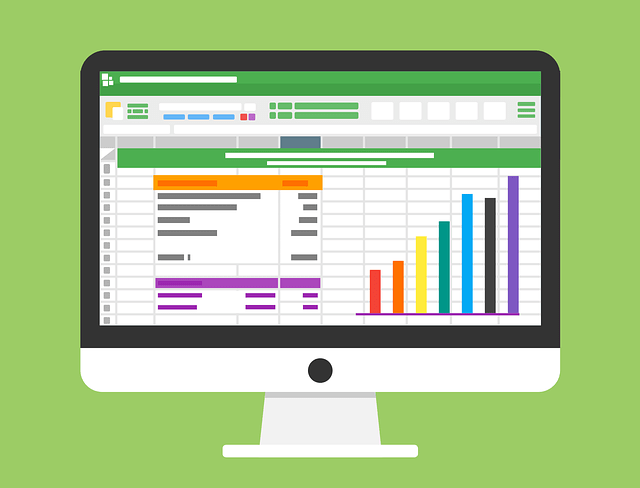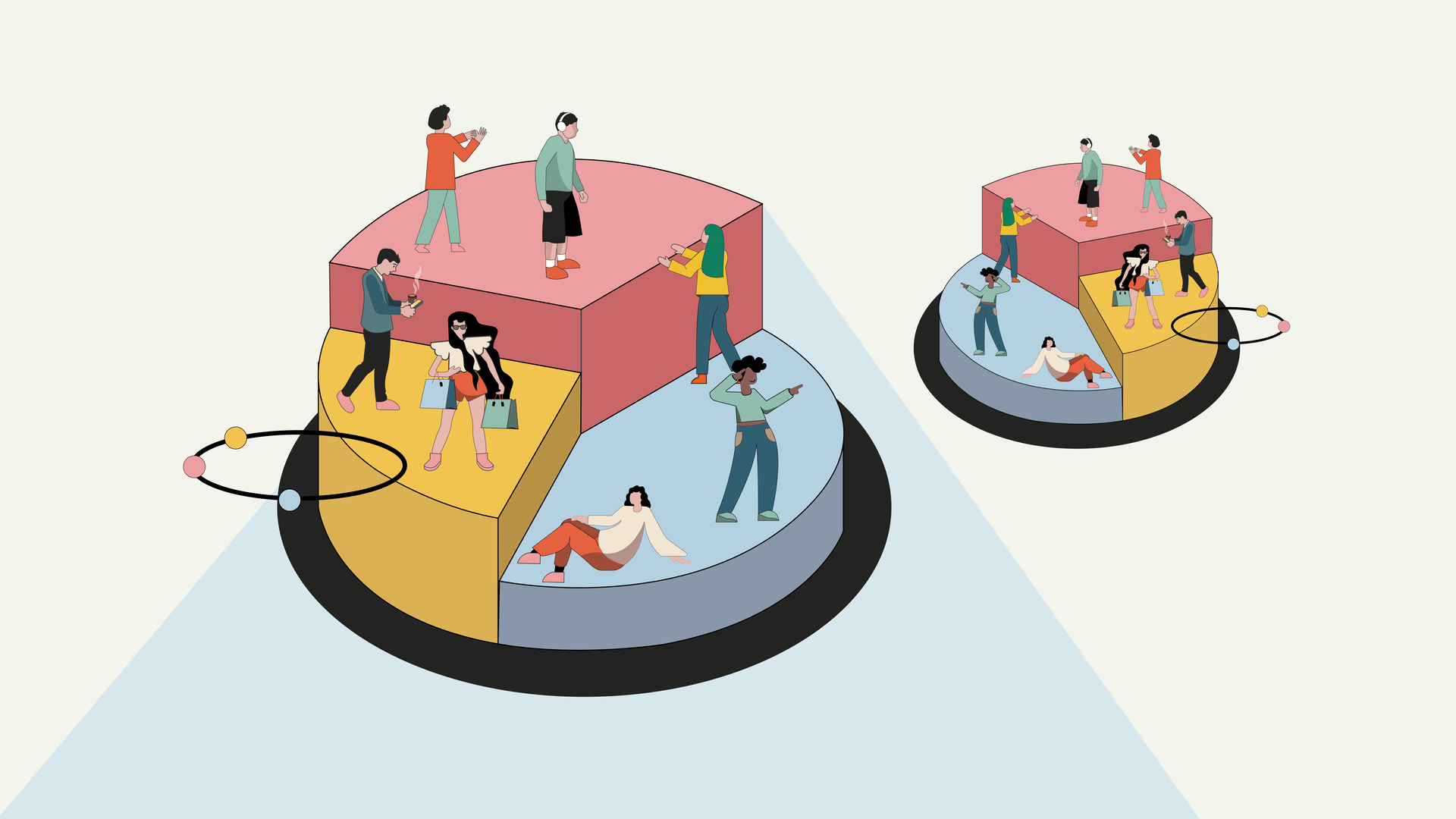How to Create a Customer Segmentation Strategy and Boost Sales
Every business, big or small, needs to divide or segment their market to get a better understanding of their customers’ needs and improve their targeting. The best way to do this is by using a customer segmentation strategy.
Customer or user segmentation comes with many benefits. The most important of these benefits is generating higher revenue through better targeting and retargeting activities.
In this article, we’re going to dive into:
What is customer segmentation?
Customer segmentation means dividing your customers into groups or segments. How you define these groups is based on factors relevant to your business and its audience.
There are four main types of segmentation. These are: demographic segmentation, behavioral segmentation, geographic segmentation, and psychographic segmentation.
Within these four main segments, you can divide your customers into smaller groups based on criteria such as age, region, language, or even interests.
What is a customer segmentation strategy?
This is where you use customer segmentation to form a plan that your business will use and rely on to define your target audience and customers and to generate better results and revenues.
We will take geographical location as an example to formulate your customer segmentation strategy.
Check out What you Need to Know About the Difference Between ROI and ROAS
Broadly speaking, there are four main ways to group your customers into segments.
Part of your strategy is to determine which of those four options you want to use. You can, of course, mix them up to narrow down your target customers. But we will get into that later.
The main types of customer segmentation rely on:
- Demographics
- Psychographics
- Geography
- Behavior
By using a customer segmentation strategy, you are able to define your audience and consequently direct your marketing efforts in the right places. You are also able to understand your customers and their needs, and achieve your business objectives by fulfilling those needs.
Customer segmentation strategy 101
Even if product or service can be bought by everyone, you cannot target everyone all at once.
You’ll need to segment your customers. And that’s where your customer segmentation strategy comes in.
Let’s look at how the four segmentation types mean and how you can use them to understand your customers and target them better:
1. Demographic segmentation
Demographics is a large field but it covers a wide range of options that you can use to divide your target customers. Demographics entail information about customers’ age, gender, race, ethnicity, income, education, marital status, and employment.
According to Instapage.com, by using demographic segmentation, companies “reduce the risk of running campaigns to uninterested consumers, which quickly increases return on investment (ROI).”
Moreover, a Harvard Business study indicates that around 85% of 30,000 new product launches in the United States fail because of poor segmentation.

You may find that one or more of the items on this list is not be feasible for your business and strategy, and that’s ok. You pick the aspects that are in line with your business and use them.
2. Psychographic segmentation
HubSpot best describes psychographics as a kind of demographics. “Psychographic information might be your buyer’s habits, hobbies, spending habits and values. Demographics explain “who” your buyer is, while psychographics explain “why” they buy.”
Like demographics, psychographics involve a list of options and categories, namely: lifestyle, social class, attitude, beliefs, personality traits, activities, and interests.
“Psychographics gives marketers greater leverage in influencing conversions. For example, demographic information might tell you something about a person’s age, but psychographic information will tell you that the person is just starting a family and is in the market for baby products,” explains HubSpot.
3. Geographical segmentation
Another aspect of your customer segmentation strategy should be geographical location. Here, you can divide your customers based on regions, countries, or narrow it down to cities or even towns depending on what your business does and its target audience.
By understanding where your target customers are, you can zero in on them, address their pain points and offer your solution. With geographical segmentation, you can understand and address your customers’ varying needs based on location, country, or city.
For example, if you want to sell a product to people living in hot countries, you can look at countries in the Gulf region where temperature exceed 40 Celsius in summer.
Another term for geographical segmentation is geomarketing or geotargeting.
4. Behavioral segmentation
While demographics show who your customers are, psychographics shows how they buy, and geography indicates where they are, behavior is about what they do regularly.
How do your customers act? What do they do? How do they make their decisions when buying a product or service?
All of these questions and more are part of your behavioral segmentation strategy. Compile a list of interests and behaviors to decide which target audience or which target buyer persona is the best fit for your product or service.
For example, if you are selling men’s perfumes, you can target the behavior of men who regularly buy perfumes or the women who buy perfumes for their partners or husbands on days like Valentine’s Day.
Check out: Mistakes to Avoid with Your eCommerce Customer Segmentation Strategy
A bonus to your segmentation strategy
We said there are four main branches to segment your customers. But what if there’s a fifth?
This fifth option is basically combining the above 4 points. In other words, segmenting your customers based on demographics, psychographics, geography, and behavior all at the same time.

This narrows down your target customers to a great extent. It literally segments them into much smaller groups that you can easily navigate and work with.
Let’s say you have a product that is used by millions of people. These people aren’t all the same age, located in the same place or have the same interests and behaviors. By combining the 4 segmentation branches, you are able to target customers much better and in a more detailed fashion.
Let’s apply this: Customer segmentation example
Let’s say your business operates in luxury retail and you want to expand to a new market in the Middle East and North Africa (MENA) region. There are general notes that you have heard and compiled, like the need to target markets in the Gulf region.
But you have also heard that a country like Egypt has 100 million people. So, what do you do?
This is where your customer segmentation strategy comes in, clears the confusion, delivers the data, and helps you implement your expansion plans.
Check out Best 9 Customer Segmentation Tools for Online Sellers
If you are an online business, you can target people who own a BMW or, depending on how luxurious your products are, you might prefer to target people who own a Maserati.
5 Steps for effective market segmentation strategy
Now that you know how to segment your customers, follow these tips for effective market segmentation.
- Analyze and understand your customers
- Create buyer personas
- Identify market opportunities
- Research other segments and opportunities
- A/B Testing
First: Analyze and understand your customers
You need to analyze your target customers and understand them. If you are a brick-and-mortar business, don’t fret, Converted-In’s tools will help you understand your audience and what they like and dislike.
Second: Create buyer personas
You need to create buyer personas for your business’s ideal customer(s).
With your segmentation analysis ready, the buyer persona will already be clear in your mind. This step will help you decide who you want to attract to your business.
Third: Identify market opportunities
Look for opportunities based on your analysis and customer needs. Show these customers how your brand or business solves their problems.
Ask questions like: ‘What are the ideal customer’s problems?’ ‘How does my brand solve them?’
Once you have your answers, go back to your persona and ask more questions like ‘Which customer segments aren’t getting enough (products)?’ ‘What other segments can I target?’
Fourth: Research other segments and opportunities
Here you’ll discover new segments in your target market, based on your analysis and opportunities.
Is the competition in this potentially new segment? What are they doing? What are they missing?
Fifth: A/B testing
You need to test the data you have uncovered and see how the target audience responds to your marketing, whether online or offline.
Now it’s time to move forward
Have you filled all the above blanks based on your business data? Now you have a customer segmentation strategy.
But it is hard work.
That’s why using Converted-In’s consumer analytics tools like in-store metrics, and segmentation tools can bring your marketing efforts and customer segmentation strategy together.


